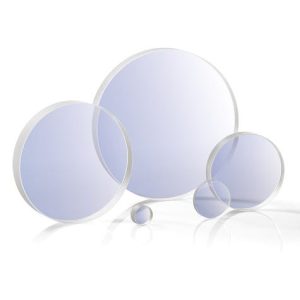Long Wave-pass Filters
Long wave-pass filters, also known as high pass filter and long pass filter, is called LPF in English. It is generally called high pass filter in photographic filter, and the corresponding low-pass filter is what we call short wave pass filter. Long wave pass filter refers to an optical element that allows the light of the long wave part in a certain range to pass through or be highly transparent within a specific wavelength range, while the light of the short wave part below the cut-off point stops. Its function is to isolate a certain spectral band. It belongs to a cut-off filter. Compared with the traditional colored optical glass filter, the location of the long wave pass filter is located at the wavelength point of 50%, which is the identification point. It has the advantages of high cut-off gradient, high transmittance and large background light density. And it has different simultaneous interpreting methods with the traditional optical glass when the incident angle changes (from 0 degrees to large angles). The characteristic cut-off wavelength will move to the short wave direction. This function can be applied to system fine-tuning and get the wavelength you need.

